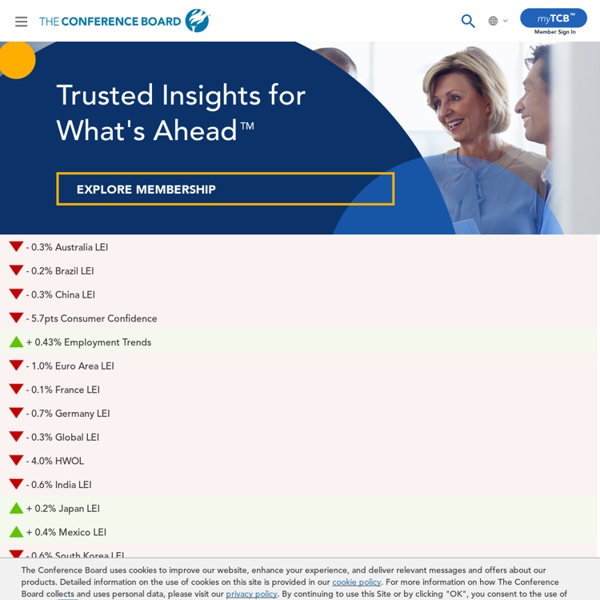



US Census Bureau Manufacturers’ Shipments, Inventories, and Orde This Javascript allows the page in IE to resize to the minimum width of 853 pixels and no less. You are here: Census.gov › Business & Industry › Manufacturing › Manufacturers’ Shipments, Inventories, and Orders Skip top of page navigation This Javascript highlights what section of the main navigation you are on and unlinks its URL. Overview The Manufacturers’ Shipments, Inventories, and Orders (M3) survey provides broad-based, monthly statistical data on economic conditions in the domestic manufacturing sector. Advance Report Highlights February 2014 Advance Report released March 26, 2014 at 8:30 A.M. Full Report Highlights February 2014 Full Report released April 2, 2014 at 10:00 A.M. Benchmark Reports Highlights Benchmark Reports released May 17, 2013 at 10:00 A.M. Summary of Revisions and Survey Information Excel [2.58mb] Annual Benchmark Data and Benchmark Procedures Excel [6.03mb] Trading Day Diagnostics Excel [1.96mb] Seasonal Summary Measures Excel [2.02mb] [PDF] or This symbol
The Big Picture Consumer Price Index (CPI) The Consumer Price Indexes (CPI) program produces monthly data on changes in the prices paid by urban consumers for a representative basket of goods and services. Consumer Price Index March 15, 2013 On a seasonally adjusted basis, the Consumer Price Index for All Urban Consumers increased 0.7 percent in February after being unchanged in January. The index for all items less food and energy rose 0.2 percent in February after rising 0.3 percent in January. More... ( HTML ) ( PDF ) Current CPI Economic News Releases CPI News Release ( HTML ) ( PDF ) Subscribe to the BLS News Service —receive the Consumer Price Index news release by e-mail. Archived Notices Revised Seasonal Indexes UPDATED Each year with the release of the January CPI, seasonal adjustment factors are recalculated to reflect price movements from the just-completed calendar year. Social Security COLA CPI Published Numbers Contacts Information and Analysis: (202) 691-7000
Shadow Government Statistics : Home Page Industrial Production and Capacity Utilization Release Date: March 17, 2014 Industrial production increased 0.6 percent in February after having declined 0.2 percent in January. In February, manufacturing output rose 0.8 percent and nearly reversed its decline of 0.9 percent in January, which resulted, in part, from extreme weather. The gain in factory production in February was the largest since last August. The output of utilities edged down 0.2 percent following a jump of 3.8 percent in January, and the production at mines moved up 0.3 percent. At 101.6 percent of its 2007 average, total industrial production in February was 2.8 percent above its level of a year earlier. Industrial Production and Capacity Utilization: Summary Seasonally adjusted r Revised. p Preliminary. Market Groups In February, the production of consumer goods rose 0.8 percent and was 2.6 percent above its level of a year earlier. The production of defense and space equipment increased 0.2 percent in February following a decline of 0.3 percent in January. Note.
Red social de inversores reales Unience.com Federal Budget Spending and the National Debt Dogs of the Dow - High dividend yield Dow stocks - www.dogsofthedow.com Finance Boston Globe - 2 hours ago Continue reading below. Stocks managed a late rebound for the second time in two days as investors seemed to brush off lower confidence among home builders and simmering tensions in Ukraine. Tech Times - 36 minutes ago Is the big secret in Silicon Valley finally out? Reuters - 7 hours ago SYDNEY (Reuters) - Asian share markets made broad gains on Wednesday after China reported economic growth a touch above forecasts, a relief for investors who had feared a much weaker outcome. Los Angeles Times - 5 hours ago After website troubles sparked a two-week extension, California officials wrapped up the first open enrollment for Obamacare coverage with nearly 1.3 million consumers signed up since October for the state-run exchange. Wall Street Journal - 9 hours ago The U.S. blasted China for its recent currency moves, calling the decline in the yuan 'unprecedented.'
Hedge Fund and Private Equity News Data.gov Welcome to Moore Research Center Wednesday, 08 January 2014 09:41 Melissa Moore The US housing industry seems to be in recovery, but lumber prices still rise and fall. Are prices at great values? How will that affect US construction season? MRCI's brand-new 2014 HISTORICAL LUMBER REPORT does not presume to know what the new year will bring, but it does illustrate and quantify price movement in futures over the last 15 years. MRCI's 2014 HISTORICAL LUMBER REPORT is just $79 plus S/H for the mailed edition or just $69 for the online edition. Elliott Wave International: Expert Market Forecasting using the Elliott Wave Principle
BICHOS